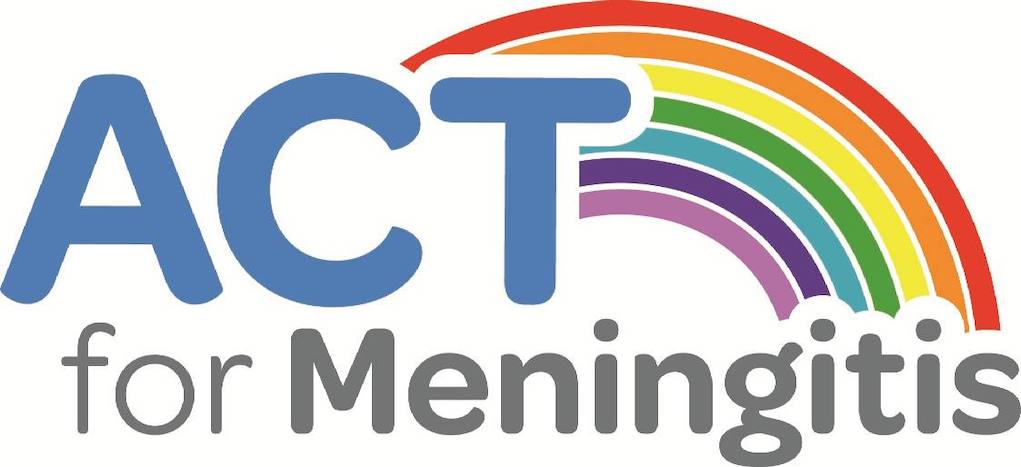With winter upon us, ACT for Meningitis has issued a timely warning that there is a higher risk of Meningitis during the winter months. Would you know the difference between the symptoms of Flu or Meningitis?
Learn what to look for here, as knowing the symptoms can help save a life.
What is Meningitis?
Meningitis is an infection of the membranes surrounding the spinal cord and the brain. It can kill within hours and can affect anyone of any age.
Ireland has the highest incident of meningitis per capita in Europe and there are currently no vaccinations against all the different strains of the disease. However, the most serious forms of meningitis can be prevented when you know the symptoms and act quickly.
Knowing the Signs of Flu or Meningitis
As people spend a lot more time indoors and with close contact, germs are spread more easily. Also, coming down with a ‘cold’ or the ‘flu’ may weaken the immune system, making you more susceptible to Meningitis.
Most people are familiar with flu symptoms, such as:
- Fever or feeling feverish/chills
- Cough
- Sore throat
- Runny or stuffy nose
- Muscle or body aches
- Headaches
- Fatigue (tiredness)
- Some people may have vomiting and diarrhoea, though this is more common in children than adults
Make sure you know the signs and symptoms of Meningitis, because while early symptoms (which also include headache, fever, vomiting and muscle pain) are flu-like, someone with Meningitis or septicaemia can get a lot worse very quickly, so keep checking them.
Further specific symptoms of Meningitis include:
- Fever with cold hands and feet
- Stiff neck
- Dislike of bright lights
- Drowsiness
- Confusion
- A rash which doesn’t fade under pressure
In babies, symptoms can also include:
- Being irritable
- Refusing to feed
- High pitched crying
- Rapid breathing
- Cold hands and feet
- A bulging fontanelle (the soft spot on the top of the head)
Important: These symptoms may appear in any order or some may not appear at all.
The symptoms of Meningitis may be difficult to spot, as many of the early symptoms can be similar to those of flu. Always trust your instincts and if you suspect Meningitis, seek medical help immediately.
Don’t Miss…
With a few simple changes, see how you can help keep your children healthy this school year, both physically and mentally – we have 10 proven tips that will help.
ACT for Meningitis

Following the death of their 4-year-old daughter Aoibhe, Siobhan and Noel decided to set up ACT for Meningitis.
ACT stands for both the Aoibhe Carroll Trust, and also represents the three key messages Siobhan and Noel want to get across in relation to Meningitis:
- A: Ask yourself could it be Meningitis
- C: Contact your doctor; and most importantly,
- T: Trust your instincts
For further information about ACT for Meningitis visit www.actformeningitis.ie











